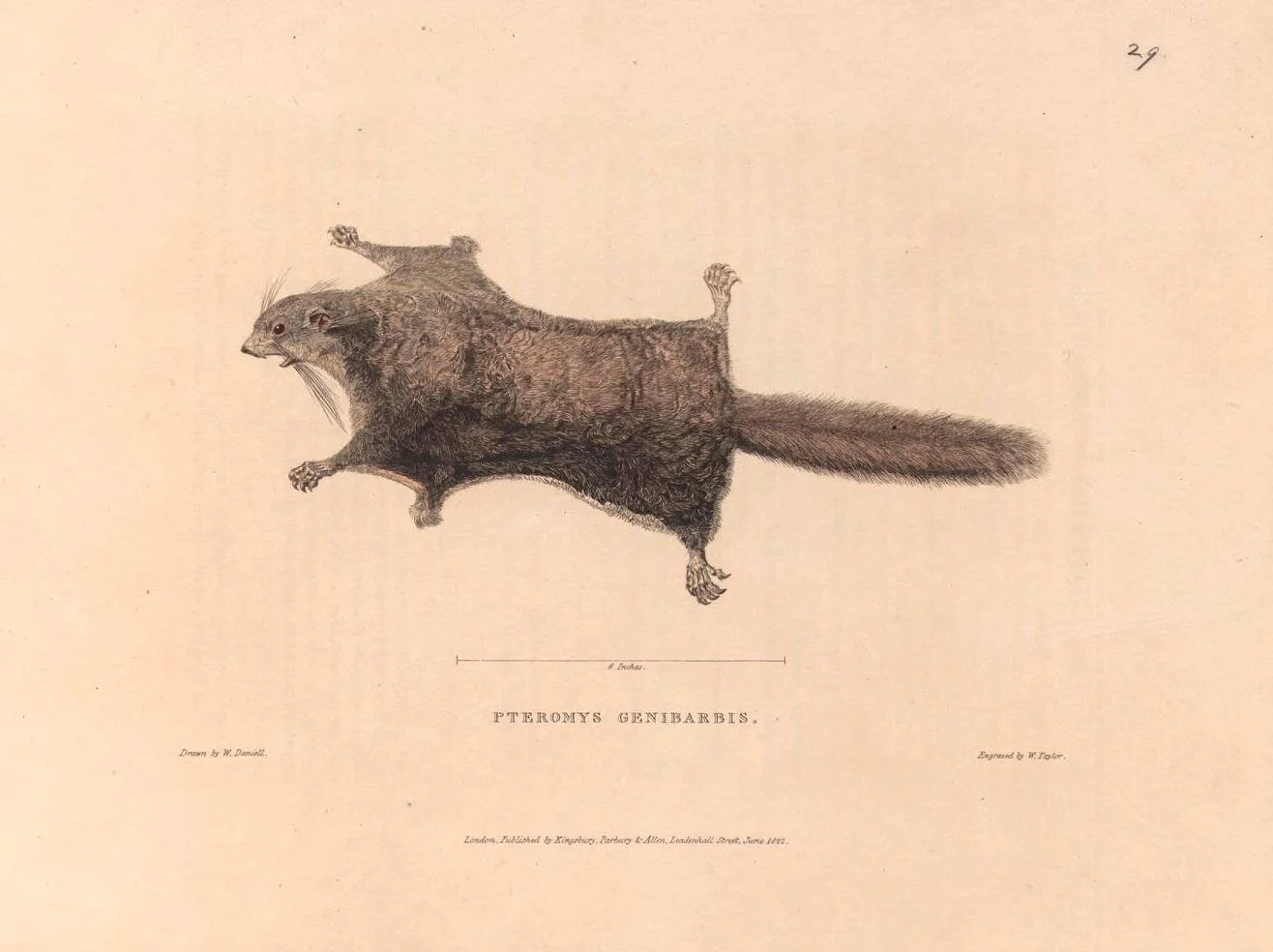The Nature of Poetry: An Interview with Michelle Heng
13 August 2021
“Orchids on stamps. Orchids in Ikea-white vases on dining tables. Orchids crowded by the cashiers at Giant, under flu- orescent light. These days orchids are seemingly everywhere. When I was small we were a Garden City, now we are a City in a Garden. Here we have spotted moths in atas bathrooms, dendrobiums braided into the steel frames of Supertrees, Miss Joaquims frozen and fixed onto the lobes of elegant women. Late Wednesday morning a taitai came in to blow aircon, and for the rest of the day my plants and I breathed her scent, a vague floral musk. ”
The above prose poem, from Mok Zining’s collection, The Orchid Folios, is part of her larger meditation on the ongoing dialogue between man and nature; the appreciation of beauty, the tangle of history, the appropriation of the natural world to fit into our modern imaginary. Writ much larger, this intertwining impetus is one of the key themes of Human X Nature, an ongoing exhibition at the National Library.
Michelle Heng. Photo courtesy of NLB.
We speak to NLB librarian Michelle Heng, who wrote ‘The Nature of Poetry: An Odyssey Across Time’, an essay that’s featured in a special edition of NLB’s BiblioAsia for the exhibition Human x Nature: Environmental Histories of Singapore. Heng’s essay traces the intimate relationship between nature and lyricism from the Sejarah Melayu (Malay Annals), dipping into the one of the earliest English poems written by a local poet, F.M.S.R, by Francis Ng, to more modern evocations of the relationship between the city and its environs by poets such as Eric Tinsay Valles and Aaron Maniam.
Literary musings on nature have often been closely intertwined with Singapore’s history. The intimate relationship between nature and lyricism is evident at the start of the island’s recorded history in the 17th-century Sulalat al-Salatin (Genealogy of Kings), better known as Sejarah Melayu (Malay Annals). One of the chapters describes the founding of the city of Singapura (Sanskrit for “Lion City”) on the island of Temasek around 1299 by Sang Nila Utama, the mythical prince of Palembang, when he and his attendants caught sight of the singa, or lion, upon their arrival. The Sejarah Melayu is one of the most significant Malay historical works, and also hailed as one of the finest literary works written in Malay.
from ‘The Nature of Poetry: An Odyssey Across Time’
Map of the island of Singapore and its dependencies, 1885. Photo courtesy of NLB.
Mackerel: When making your point about local poets adopting the language of their colonial administrations in your essay, why did you use the term “poet-cartographer”? Are not all poets and artists cartographers of sorts? Do they draw more than physical maps of a place?
Michelle Heng: Yes, the poets do draw more than just physical maps of a place. In fact, poets, writers, artists, illustrators, and all other individuals working in the various creative industries map the soul of their surroundings through their oeuvre.
Just as real-life cartographers are responsible for researching, evaluating, and creating selective, generalised, and simplified representations of the world, writers and poets are tasked with the gift of “narrating” human realities through their works. Both cartographers and poets are engaged in the constant act of selecting, editing, and interpreting what should be included or left out in their oeuvres. Their work invariably helps us to locate or orientate ourselves and make sense of things, especially in a rapidly changing world where former tangible and intangible guideposts are fast disappearing.
In particular, poets in Singapore and other countries where rapid growth has necessitated tremendous changes in people's habitats and lifestyles, have used their works to engage in deeply personal 'conversations' with their audience.
*
Arthur Yap’s 1980 poem “Old Tricks for New Houses” makes a wry remark on the land reclamation initiatives to develop residential estates:
the sea can’t reach you now
& it’ll be further away next year.
your neighbours will hang crabshells
on their pomegranate plants as saline testimony,
your proximate goodwill will be goo
& help salt away the years in happy homes.
In many of Yap’s poems, the promise of economic success and material gains is often compromised by scenes of stagnation and a sense of alienation. The remnants of marine life described in “Old Tricks for New Houses” are left hanging as pomegranate plants lining the corridors of public housing estates – built on reclaimed land – as a mere memory of the natural landscape.
from ‘The Nature of Poetry: An Odyssey Across Time’
Photo courtesy of NLB.
Mackerel: The focus of your essay seems to be the physical natural (read: undeveloped) landscape. What are your thoughts on the urban landscape that is Singapore today?
Michelle Heng: Singapore and its present urban landscape speak of our present-day relationship with the natural environment which has since come a long way. Singapore is now a sprawling metropolis with abundant natural spaces where human and nature co-exist. This was largely influenced by the “garden city” vision that was introduced in May 1967 which aimed to transform Singapore into a city with abundant lush greenery.
This historical relationship is explored closely in the National Library Board’s exhibition, Human x Nature: The Environmental Histories of Singapore. It traces the study of nature through the work of Malayan naturalists and local knowledge, the changes in our landscape due to deforestation for agriculture from the 19th to early 20th century, and finally the contemporary efforts to restore Singapore’s natural environment.
In the final section of the exhibition, there are posters of tree-planting as well as of flowers in Singapore which reference the historical significance of the Garden City campaign and its initial phase of intensive tree-planting to rebuild Singapore’s natural environment. The Flowers of Singapore: Special Stamp Issue poster featured a commemorative stamp collection issued to celebrate the 10th anniversary of Tree Planting Day which began in 1971 as a part of the Garden City campaign.
The urban landscape that is Singapore today is a result of not just the Garden City campaign, but also the history of Singapore’s plantations, agriculture, and local knowledge traced by the exhibition.
*
In Eric Tinsay Valles’ “Singapore River on Exhibit”, a poem published in 2015 and inspired by an exhibition at the Asian Civilisations Museum, the poet pays tribute to what must have been abundant aquatic life teeming beneath the murky waters of the Singapore River (before it was cleaned up), alongside the multicultural, multilingual tapestry of commerce taking place along its shores:
Majestic in the middle of a frame,
A green streak undulating like grass snake,
pristine on uncluttered canvas,
you draw orang laut dreaming of tomorrow
on a boat pulling away in the muddy water
until they are washed away from the scene.
They bend down, count the day’s catch,
watch you run past them.
Here, the Singapore River is observed from a safe (and clean!) distance within a frame at an exhibition. However, this is not another poem decrying the ravages of progress, but a lyrical musing that ponders on the river’s versatility and enduring mystique:
Cycles of drought and rain, urban renewal
neither detain your dance nor silence your hum.
You are slighted by tourists distracted by the Merlion
spitting in envy at the floating Sands garden.
Shoot a spray at the passing glory
as you rush home to the strait.
Twigs of time scrape against imagery
as you pass by and through me.
The Singapore River, in the eyes of this poet, hums with life despite its present urban-renewed look and smoothly glides past the gleaming glass-and-steel of Marina Bay Sands. Its dignity inspires the poet to “write blank verses” having witnessed the changing tides of history. Valles’ poem, while unapologetically highlighting the tourist attractions that have sprung up near the river, pays tribute to an enduring natural landmark.
from ‘The Nature of Poetry: An Odyssey Across Time’
Photo courtesy of NLB.






